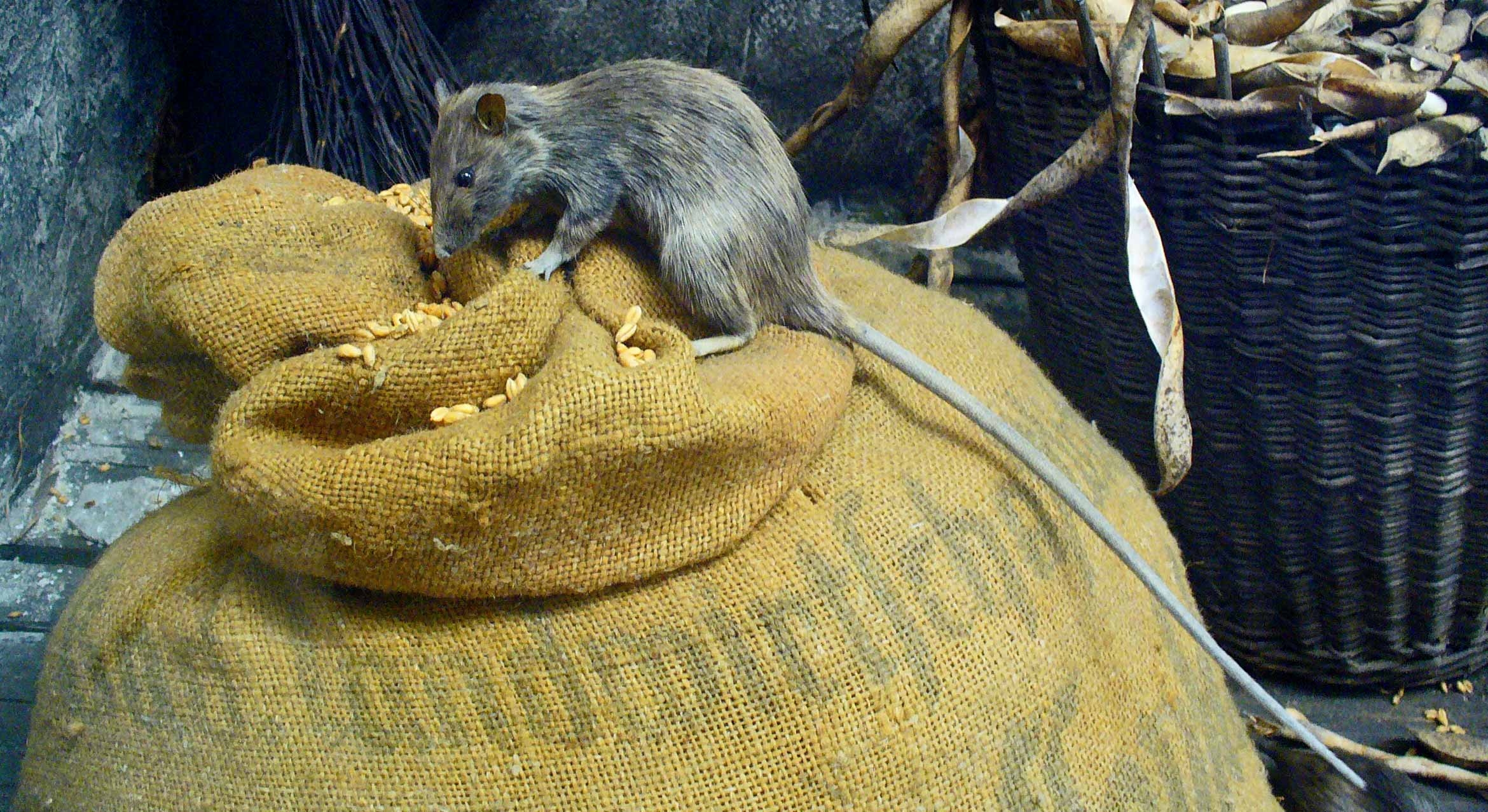
The Little Bacterium That Could

A humble bacterium first isolated in New York’s Lake Oneida almost 30 years ago could change the world. With its innate ability to generate electricity, the little powerhouse might one day pave the way for making wastewater drinkable.
The bacterium, Shewanella oneidensis, inspired researchers from the Bazan Research Group at UC Santa Barbara to create a chemically modified microbial fuel cell. Using iron and other minerals, Shewanella produces energy as part of its metabolism and relies on current-conducting proteins in its cell membrane for respiration.
The researchers created an iron-containing molecule, DSFO+, with a structure that could mimic those critical proteins in two mutant Shewanella bacteria. They sought to determine whether incorporating DSFO+ would allow electron transfer in a manner similar to the proteins’ function.
When the scientists examined the effect of DSFO+ on the organism, they discovered that they could not only improve its capacity to produce electricity but also use the molecule to replace the function of the naturally occurring proteins in mutant bacteria. Their enhancement resulted in the ability to change the behavior of microbial systems so that in the future such organisms could be used to treat wastewater through their electricity generation. Their group’s findings appear in the journal Chem.
“The protein replacement molecule that we constructed modifies the cell membrane so that it facilitates respiration by electron delivery to the membrane surface,” said co-author Guillermo Bazan, a professor in the Department of Chemistry and Biochemistry and director of the campus’s Center for Polymers and Organic Solids. “It’s a power-generating trick that gives us an opportunity to look into the behavior of microbial species in a way that didn’t exist before.”
“We aided the metabolism of the bacteria,” explains co-lead author Nathan Kirchhofer, a former materials graduate student. “I think very few people have approached this from a chemical modification type of approach. We actually just took bacteria as they were and added an external agent that helps with their native process. To the best of our knowledge, it is the first time this has been demonstrated.”
Such organism modification is more often done via genetic engineering; however, the microbes that result cannot be released into the environment and are much more challenging to apply in practical applications. The UC Santa Barbara method chemically modifies the microbe for a certain amount of time and as the microbe multiplies, the synthetic molecule dilutes and the system goes back to its original state. According to Bazan, this makes it possible to use these microorganisms in wastewater treatment in a way that cannot be done with their genetically modified counterparts.
Co-lead author Zachary Rengert, a chemistry graduate student, points out that genetic engineering is more complicated and difficult to perform. “Furthermore, genetic engineering is microorganism specific,” he said. “We envision our molecule to be applicable to a wide range of organisms.”
However, the group’s controllable microbial electrocatalyst is more than merely a demonstration of a new protocol.
“Now we have the means to electronically interrogate what’s going on inside the microorganism,” Bazan explained. “One idea is removing electrons, which is common and easily performed. But what happens if we provide electrons to carry out chemical reactions? Can also we monitor the health of that microorganism by its electronic signatures?
“If we put a drug in the organism, how does that impact its metabolism?” Bazan continued. “If we stress the microbe, how does it breathe? If it’s in a community of microorganisms, are they sending electronic signatures to let each other know what’s going on? Can we intercept that? Can we record that? These possibilities are becoming viable now and open up fundamentally new avenues of research.”



